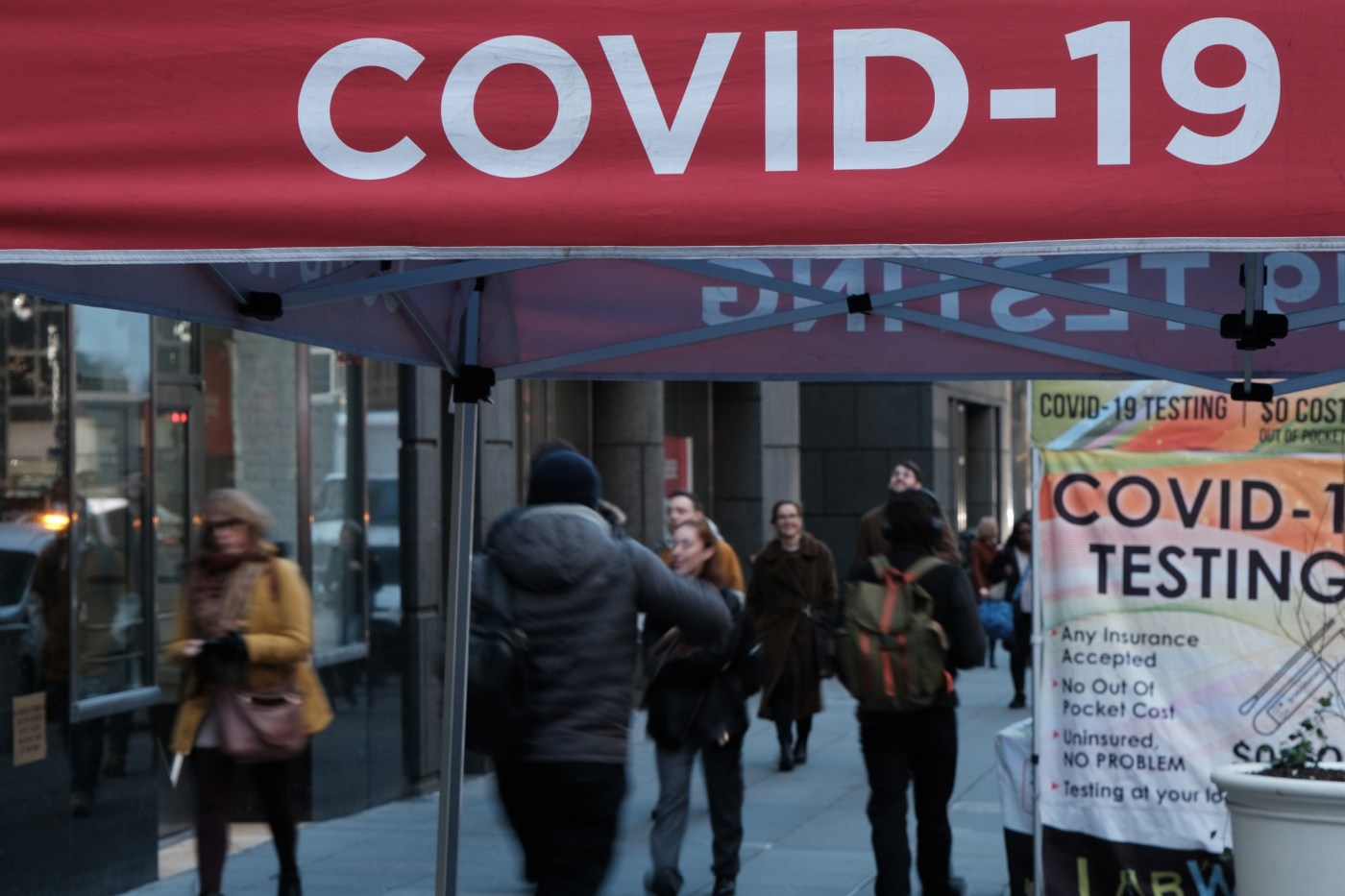
Lisa Jarvis: A promising turn in the quest to treat long COVID
A new study published this month in Science makes a compelling case that people with long COVID have a chronic imbalance in their immune response. The findings don’t explain why that immune response is out of whack, and need confirming in larger studies. Still, this is important new piece to the vexing puzzle that is long COVID.
One of the challenges with diagnosing and treating long COVID is the dozens of ways it can manifest: brain fog, extreme fatigue, shortness of breath, heart palpitations and headaches, to name just a few. Finding a common biomarker across people experiencing such different symptoms suggests a path to a diagnostic test. The work even could lead to new treatment strategies.
A sharp focus on tests and treatments for long COVID has never been more critical. As we approach the fifth year of living with COVID, the virus has issued one of its regular reminders that it’s not going anywhere: Hospitalizations and deaths in the U.S. have been ticking up since early November, and wastewater data suggest the country is experiencing the biggest peak in cases in more than a year.
Each wave risks adding to the already massive number of people experiencing long-term effects of their infection. The most recent Centers for Disease Control and Prevention data showed that 8.8 million people in the U.S. were living with long COVID in 2022. Meanwhile, new preliminary data, reported in Medscape, show that nearly 1,500 people died from long COVID last year. Some health experts expect long COVID to account for an increasing portion of overall COVID deaths.
This latest research is a good step in explaining what might be going wrong in the immune systems of people with lingering symptoms. Scientists at the University of Zurich followed 113 people with COVID over the course of a year to understand on a molecular level the differences between those that did and did not develop long COVID. Using sophisticated technologies to analyze more than 6,500 proteins in each blood sample, they found a distinct signal: People with long COVID had elevated levels of proteins involved in the “complement” system, a part of our immune response that tags foreign microbes for disposal.
Typically, the complement system revs up when we’re exposed to a virus or bacteria and then relaxes when the threat is eliminated. During that resting state, it plays a key role in sweeping away dead or damaged cells.
But when that part of our immune response is constantly triggered, it can cause inflammation and cell and tissue damage, and even causes increased blood clotting — all symptoms found in people with long COVID, explains Onur Boyman, the immunologist who led the study.
The work doesn’t explain why this arm of the immune system continues to be on high alert in some people, while others recover — only that it seems to be a common feature of long COVID. But it does nicely intersect with some of the leading hypotheses about the root causes of the condition.
Akiko Iwasaki, a professor of immunobiology at Yale School of Medicine who has been a leader in long COVID research in the U.S., called the work “a very important piece of the puzzle.” This study, along with others looking at this arm of the immune system, “are collectively saying that there’s something going on inside the blood,” she says.
The question for long COVID patients, of course, is how and when this work could help improve their lives. The next step will be confirming the findings in a larger patient group — and Iwasaki and others seem confident they will be validated. From there, a diagnostic company needs to develop a test for the proteins implicated in a dysregulated complement system.
And then there are treatments. The good news is that drugs that try to calm down an overactive complement system are already on the market and in development for other conditions. Some of those were tested to treat acute, severe COVID infections, with mixed results. But as evidence accumulates that the complement system contributes to long COVID, those treatments should be tested in clinical studies for this population.
Long COVID patients need these next steps to happen fast and with the full backing of government funding agencies. At a Senate hearing on long COVID this month, Rachel Beale, a long-COVID advocate, told lawmakers that she has been frustrated with the lack of progress in finding tests and treatments and made a plea for continued resources to push the science forward.
Three years into her condition, Beale has resigned herself to making peace with her situation, she said. “It makes me sad to think about my future. This may be as healthy as I get.”
Let’s hope this latest finding is a step forward in improving Beale’s life and the lives of the millions who share her condition.
Lisa Jarvis is a Bloomberg Opinion columnist covering biotech, health care and the pharmaceutical industry. Previously, she was executive editor of Chemical & Engineering News.
Related Articles
Lisa Jarvis: Measles outbreak should be a vaccine wake-up call
How to stay healthy during cold, flu and COVID-19 season
With COVID on the rise, your at-home test may be taking longer to show a positive result
More hospitals are requiring masks as flu and COVID-19 cases surge
Rift over when to use N95s puts health workers at risk again

